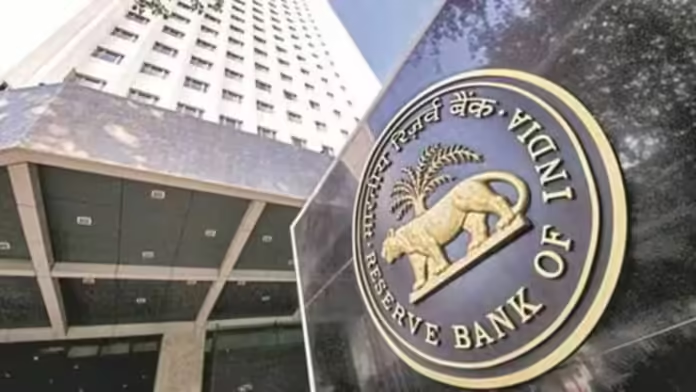Reserve Bank of India governor Shaktikanta Das has urged banks to step up efforts against ‘mule accounts’. Piyush Shukla explains how money mules operate in India
l What is a mule account?
MULE ACCOUNTS ARE essentially bank accounts that receive funds from illegal activities and then transfer those funds to other accounts, acting as a bridge for money laundering and other illegal practices.
In India, mule accounts are being opened by Indian nationals who offer their bank accounts for use in lieu of money. This makes it harder to detect such accounts at the time of onboarding the account holder, but with the right controls and monitoring of the user’s behaviour throughout the lifecycle of the account, there is a way to put a stop to these accounts. In November last year, at least six people were arrested for allegedly operating 126 mule accounts in Bengaluru.
Earlier this week, the Reserve Bank of India (RBI) raised concerns about certain banks having ‘lakhs’ of such accounts used for fraudulent transactions and loan evergreening. Recently, governor Shaktikanta Das has asked banks to crack down on mule accounts and intensify customer awareness and education initiatives to curb digital frauds.
l What are the various types of money mules?
THERE ARE BROADLY five types of money mules categorised by how complicit they are in a money laundering scheme.
The first is the victim mule, who is unaware that his account has been compromised and taken over by a fraudster to launder money. The victim’s account details most likely were leaked through a data breach.
The second type of money mule is the misled party, who sends and receive money on behalf of a fraudster believing the money is clean. A common example of this type of mule is someone who may have responded to a job advertisement which involves executing transactions on behalf of the employer.
The deceiver is another type of money mule who opens new accounts using stolen or synthetic identities to send and receive stolen money.
Peddler—another type of money mule—sells his genuine account to a fraudster who then uses it to send and receive stolen money.
The last kind of mule is the accomplice, who opens a new account in his own name or uses an existing account to send and receive money at the direction of a fraudster.
l How rampant is this in India?
AT ONE PARTNER bank in India, digital fraud detection company BioCatch found that nine out of every 10 mule accounts had gone undetected. It said that while 86% of the first session of documented mule account activity came from within India, after a month that figure fell to just 20% and 16% of those sessions used a VPN. “Analysing the activity of the original reported mule accounts, we observed that the first connection typically takes place in India. We also see a low use of VPNs, suggesting that these are Indian nationals creating and using the accounts,” the report said.
While most mule account activity—15% —happens in Bhubaneswar, Lucknow and Navi Mumbai account for 3.4% each. Two cities in West Bengal – Bhagabatipur and Gobindapur—recorded 1.7% and 2.6% mule account activity respectively, whereas Mumbai and Bengaluru reported 2.2% and 1.8% of mule account activity, respectively.
l How can the customer protect herself?
Money laundering: The Rising Menace of Mule.
CUSTOMERS CAN FOLLOW these practices to prevent their bank accounts from becoming a mule: i) treat all unexpected communications, especially those offering lucrative, effortless jobs, with skepticism; ii) unrealistically high payment for straightforward tasks should raise alarms; iii) be wary of job offers with ambiguous descriptions and responsibilities, particularly if money transfers are involved; iv) scammers often pressure customers into making swift decisions, such as hurriedly confirming their identity or claiming a reward. Customers must accordingly pause and assess the demands carefully; and v) being extremely cautious while using unconventional payment methods such as gift cards or virtual currency.
l What is the RBI doing to counter it?
IN OCTOBER 2023, the RBI tightened the customer due diligence (CDD) norms by asking banks and regulated entities to adopt a risk-based approach for periodic updation of know-your-customer (KYC) data. The latest Master Directions said the risk-based approach for periodic updation of KYC has been amended to be read as: “REs (registered entities or lenders) shall adopt a risk-based approach for periodic updation of KYC ensuring that the information or data collected under CDD is kept up-to-date and relevant, particularly where there is high-risk”.
It further said the instructions on opening accounts and monitoring of transactions should be strictly adhered to, in order to minimise the operations of money mules, which are used to launder the proceeds of fraud schemes (like phishing and identity theft) by criminals who gain illegal access to deposit accounts. Banks should undertake diligence measures and meticulous monitoring to identify accounts, which are operated as money mules and take appropriate action, and report suspicious transactions to the Financial Intelligence Unit, the Master Directions said.


